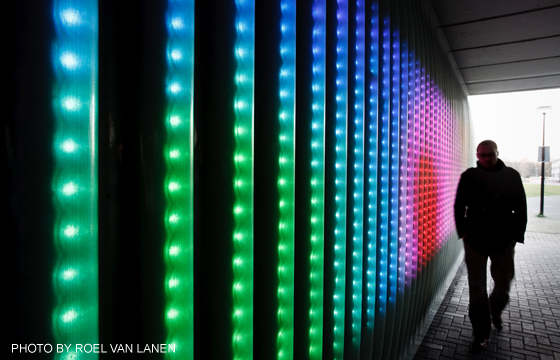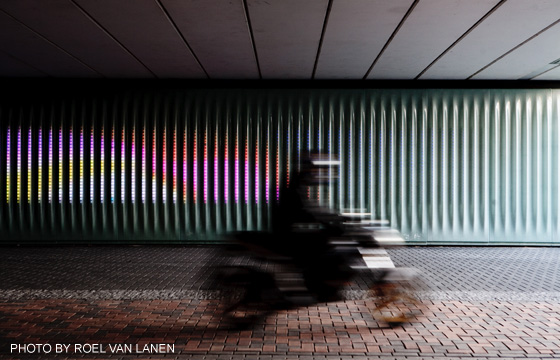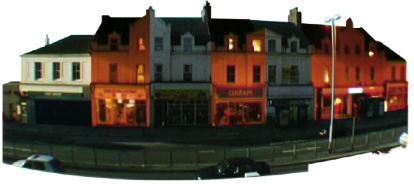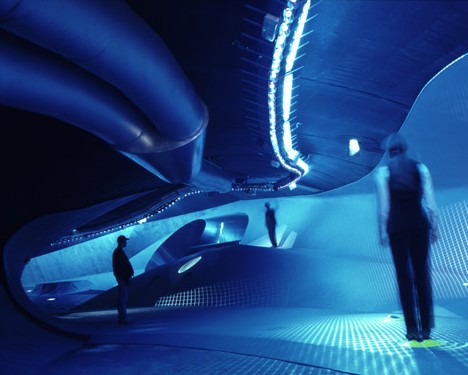atom04:'''References'''
| Line 83: | Line 83: | ||
sounds and other interior features to suit their particular mood of the moment. | sounds and other interior features to suit their particular mood of the moment. | ||
| + | The sounds of the users were recorded and replayed at the same time | ||
| + | |||
| + | in the same space but from a different direction. | ||
| + | |||
| + | '''So that show the presence through the distortion of the sounds.''' | ||
[[File:watrerpavilion_1.jpg]] | [[File:watrerpavilion_1.jpg]] | ||
Revision as of 14:41, 14 September 2011
The Moodwall
The first Moodwall was opened in Amsterdam under intense public interest.
The Mood Wall is a 24 meters long wall on which moving images are projected.
If someone moves along the wall, it will react with light, color and movement through
cameras that use special software of 2500 LED lamps control.
This is done through interactive programming, with a dark Moodwall pedestrian overpass
into a special entrance for the Amsterdamse Poort shopping.
SpaceLapse 2003
Satisfied that digital video had been able to express different socio-spatial relations
with a street through Places of Difference,
the author worked with a graduate to develop another three minute short movie
that explored socio-temporal relations with space.
Using time lapse technology, each shop along a small part of Mutley Plain was
manipulated in post-production to portray how many people visit it on a daily basis.
By playing back each shop’s time lapse at different speeds, according to its popularity,
the collective image was of the street as it changed over time.
The sky and pedestrians remained in real time and the result is a startling model of how
social activity affects the temporal balance of a street.
Pedestrians tend to see a street of shops as a connected unit,
and when things alter along the street – such as the shopfronts –
it is accepted as part of the street’s dynamic nature.
By speeding up and slowing down the rate of each shop’s time lapse the viewer has an opportunity
to see the street as a series of components, each with its own time according to its use.
The result is a pulsating array of multiple time lapses that gives
the viewer an insight into the complexity of a simple street.
‘SpaceLapse’ articulated relational properties that were impossible
to see with the eye, and could only be traced through the distortion of time.
Waterpavilion
The Water Pavilion is as organic and “blobby” on the inside as on its outside,
though the concept of sides quickly becomes irrelevant once floors transform into walls
and ceiling exist only according to one’s point of view.
Designed as an interactive building flush with mist displays and water jets,
the Water Pavilion is equipped with sensors that allow visitors to adjust the sights,
sounds and other interior features to suit their particular mood of the moment. The sounds of the users were recorded and replayed at the same time
in the same space but from a different direction.
So that show the presence through the distortion of the sounds.



